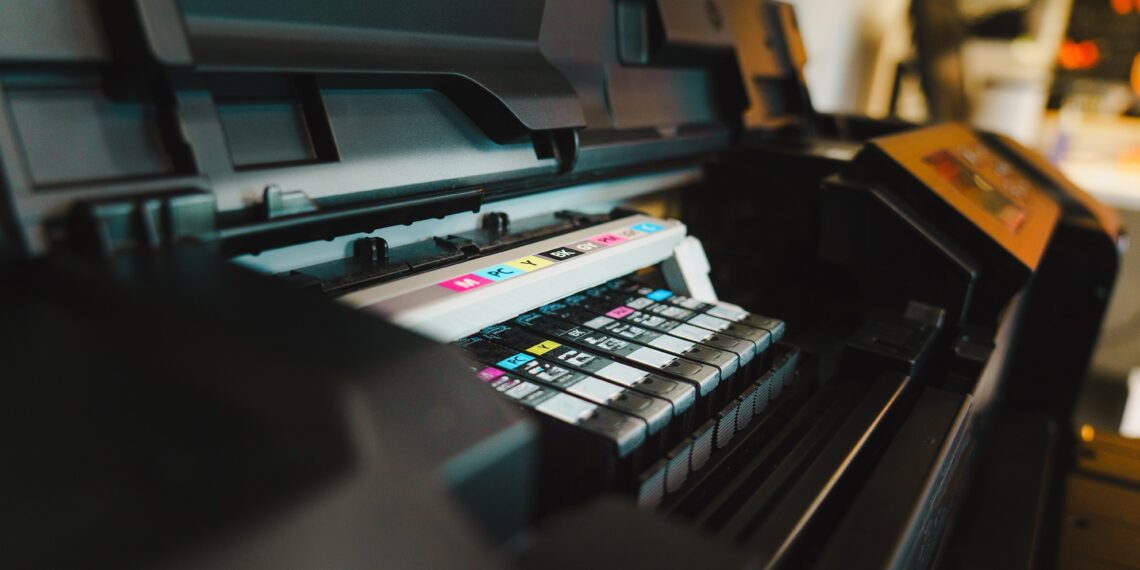[ad_1]
In today’s fast-paced digital world, small businesses need to stay up-to-date with the latest technology trends to remain competitive. One such technology that has gained significant popularity is the Direct to Fabric (DTF) printing. This printing method allows businesses to print high-quality designs and patterns directly onto fabrics, offering numerous possibilities for customization and creativity. If you’re a small business looking to invest in a DTF printer, this ultimate guide will help you find the best one for your specific needs.
1. Determine Your Requirements:
Before diving into the world of DTF printers, it’s essential to identify your specific requirements. Consider factors like the type and size of garments you’ll be printing on, the volume of production, and the level of customization you require. Determining these needs will help you choose a printer that can cater to your specific business requirements.
2. Research the Market:
Once you have a clear picture of your requirements, start researching the market to explore different options available. Look for reputable brands and read reviews from other small business owners who have experience with DTF printing. Consider factors such as printer reliability, ease of use, print quality, and customer support provided by the manufacturer.
3. Compare Features:
When comparing DTF printers, scrutinize the various features they offer. Look for printers that can handle a wide range of fabrics, have variable print sizes, high-resolution printing capabilities, and efficient ink consumption. Additionally, take note of the printing speed and make sure it aligns with your production needs. Consider any additional accessories or software that may come with the printer, as they can add value to your business operations.
4. Consider Affordability:
Price is always an important consideration for small businesses. While investing in a high-quality DTF printer is crucial, it’s equally important to ensure it fits within your budget. Compare the prices of different printers while considering their features and capabilities. Additionally, keep in mind the long-term costs, such as ink and maintenance, to determine the overall affordability of a particular printer.
5. Evaluate Support and Training:
Technical issues can arise with any printing equipment, so it’s crucial to assess the level of customer support offered by the manufacturer. Look for printers that come with excellent after-sales service and technical support to ensure a smooth operation. Additionally, inquire about training options provided by the manufacturer to help your team get acquainted with the printer and its software.
6. Check for Integration and Compatibility:
If you already have existing printing equipment or software, it’s essential to choose a DTF printer that seamlessly integrates with your current systems. Compatibility with common graphic design software, such as Adobe Creative Suite or CorelDRAW, ensures a smoother workflow and eliminates the need for additional investment in new software.
7. Seek Recommendations:
To gain insights from other small business owners who have already implemented DTF printing, seek recommendations from forums, social media groups, or industry-specific communities. Feedback from experienced individuals can offer valuable insights and help you make an informed decision.
Investing in the right DTF printer can significantly enhance your small business’s productivity and profitability. By following this ultimate guide, you’ll be on your way to finding the best DTF printer that perfectly suits your small business needs. Remember to consider your requirements, research the market, compare features, ensure affordability, evaluate support and training, check for integration and compatibility, and seek recommendations. With thorough research and the right choice, your small business will be well-equipped to embark on a journey of efficient and high-quality fabric printing.
[ad_2]



